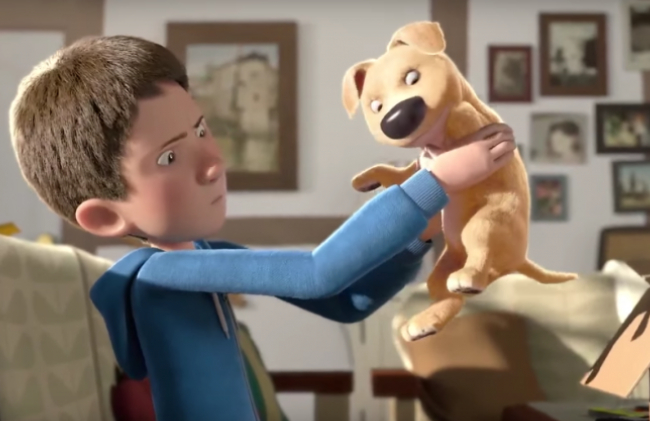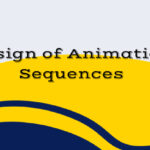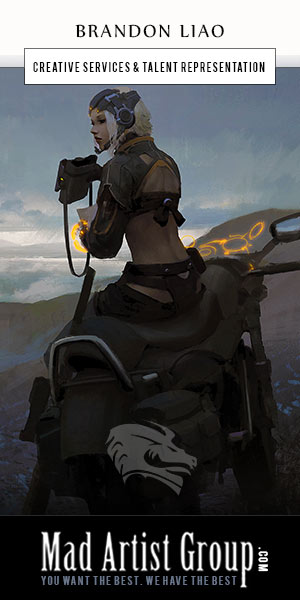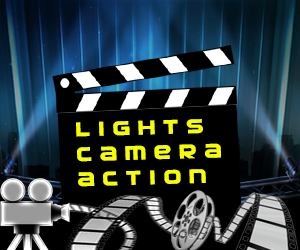We cannot imagine life without animation because it is such a big part of our daily life. Although that was not the case a century ago. Animation has evolved over time as it was discovered , and we see it today. Change is the result of the efforts of great minds and great technology.
This article is aimed at everyone who likes to work with animation and graphics. The following are some of the most significant events that have occurred in the production of what is custom animation in computer animations and have led to their current state.
Goodwin invented celluloid foil in 1887 that can preserve images. The film was made of rubber cotton, rubber and camphor. In 1892, a Frenchman named Emil Reynaud opened a theatre with an invention called Praxinoscope. The theatre was built to revolve around a mirror that reflects the image of a moving scene every 10-15 minutes.
In 1893 Thomas Edison debuted his kinetoscope. Use of celluloid foil from H.W. Goodwin succeeded in 1887 in creating moving film images that could be projected onto a wall. The animation was done by rolling the film on wheels. The sound was also recorded in 1899.
The sound of animated films was recorded with magnetic recording devices for the first time in animation history. This technology caught the attention of animation enthusiasts. Many consider James Stuart Blackton to be the father of animation. He produced short films with 19th century animation techniques. These films recorded the drawing process of the film characters and showed it to the artists.
His silent movies included some of the world’s first animated series. He also directed the film Fantasmagories. Blackton hoped his productions would demonstrate the fantastic, reality-defying potential of animation, in which characters change and transform. The film was a huge hit and is considered the first fully animated film. It was also the first animated film that wasn’t live action.
Gertie the Dinosaur was the first famous cartoon character. Gertie was a dinosaur who lived in a cave in 1914. She was later filmed by Windsor McCay and rose to fame.
For the first time, keyframing, registration points and intermediate animation loops were used in animated films. John Bray invented and patented an automated process for developing animated films. He tried to persuade other companies to use the designs he developed, but failed. These techniques became standard practice in traditional animation production over the next decades.
This fictional character, Felix the Cat, was created by Otto Messmer. Felix was the first star of the animation industry during the silent film era. He was a great success, and he was portrayed in clocks and dolls. Later he created the figure of Felix, who was a very popular figure.
Walt Disney, then just twenty years old, founded his first animation studio Laugh-O-Gram. However, the studio crashed after a short time. The Willie the Steamboat was built in 1928. In 1928 Walt Disney directed a short film called Steamboat Willie with Mickey Mouse in the leading role. It was the first film to use music, and it was an instant success. Walt Disney continued to produce animated films, and he liked to do so.
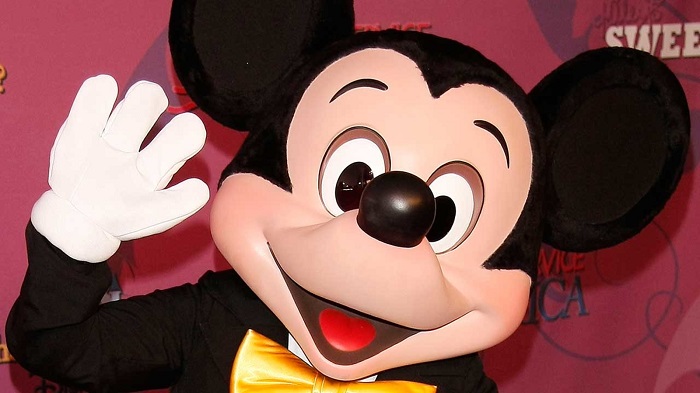
Steamboat is often mistaken for Mickey Mouse’s first appearance. But it wasn’t his first appearance at all, or at all.
It aroused public interest and became an enormous success. It was the first animated short to win an Oscar for animated short and was part of Disney’s Silly Symphonies series. The Looney Tunes cartoon was considered the show’s spin-off. This was also the first fully animated film to popularize Mickey Mouse.
In the 1930s, several iconic characters were created. Popeye the Sailor, Betty Boop and Daffy Duck are just some of them.
King Kong was founded in 1933. He goes down in animation history as one of the most progressive and convincing stop-motion animation characters.
In 1937 Snow-White and the Seven Dwarfs appeared. It was a direct hit, both critically and commercially. Walt Disney produced one of the most popular animated films of all time.
It was also the first animated film to stand the test of time. Walt Disney’s reputation as one of the most innovative storytellers in the world was cemented with this film. In 1961 the film Hundred and a Dalmatian was released in cinemas. It was the first feature-length animated film produced by Walt Disney with xerography.
It was a method that made it superfluous to draw the outlines of the characters in cells by hand. Instead, the drawing was written directly on the cells. This has saved an enormous amount of time, money and work.
Ed Catmull of the University of Utah invented a technique to create computer-generated films. A scripting language was used.
As a result, a slew of other great movies and animated blockbusters have been produced over the years, both critically and commercially.
It is almost as if everything is in the frame, but it is also out of the frame and everything else is just there.
Roger Rabbit is an animated film from 1988 with animated and live action characters. The first film to screen live action and animated characters on the same screen was Roger Rabbit. It was a significant development in animation that a number of characters and characteristics from different studios appeared in the film. Bugs Bunny and Mickey Mouse also appear in the same scene. Here is a scene from the movie.
Jurassic Park debuted in 1993 and represented the next step in the evolution of animated film. Industrial Light & Magic spent a year creating four minutes of computer-generated dinosaur footage. To make up for the majority of the photo-realistic animated dinosaurs seen on the large screen, Jurassic Park was filmed using a mix of animation, stop-motion and CGI. Industrial Lights & Magic Visual Effects Lab was an age-old ILM innovation.
Pixar produced the first computer-generated film. The film was a real breakthrough in the world of 3D animation that no established studio could surpass. It was complete with models, articulation, motion control and coding that allowed Andy’s toys to come to life.
The second installment of Peter Jackson’s film series,: The Lord of the Rings: Return of the King, was remarkable for a number of reasons. In 2002, Lord of the Rings and the Twin Towers became even more prominent.
This includes the motion capture and CGI work used to create the character of Gollum. He was the first real-life character to demonstrate the power of motion-acquired computer graphics. A computer-generated character who looked amazing to the actors.
James Cameron’s film Avatar, which featured real actors in a computer-generated environment, used advanced CGI motion capture techniques. This brought the characters to life in a lush alien setting. Just like the CGI characters in Lord of the Rings, Avatar’s contribution is the next step in the evolution of animation in the story.
Studio Laika’s Paranorman is the most sophisticated stop-motion modeling technique used in animation to date. It is also the first film model to be created in large-scale 3D printing. Over 31,000 individual parts were produced during the entire manufacturing process.
The world of animation was born out of the hard work of creative minds and great cartoonists and developed into an industry in its own right. After overcoming obstacles and multiple failures, it has advanced to this stage. You see, animation has evolved from simple drawings to complex computer-based animations. However, this is not without its challenges.


